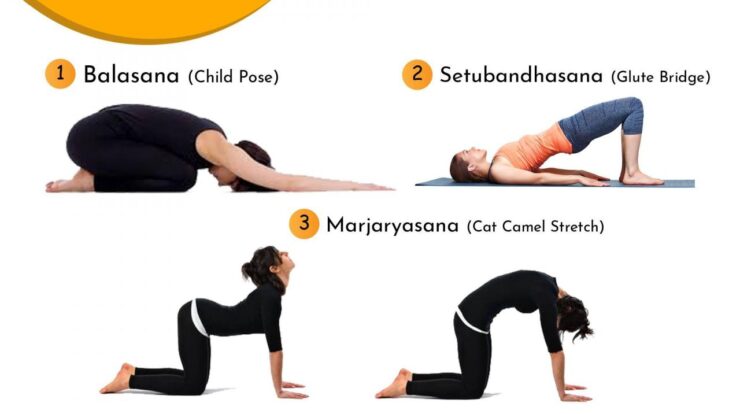Wrap definition, a term synonymous with the art of packaging and covering, takes center stage in this comprehensive guide. From the humble gift wrap to the sterile medical wrap, this exploration delves into the diverse world of wraps, unraveling their purpose, benefits, and applications.
Materials such as paper, plastic, and fabric play a crucial role in wrapping, providing protection, enhancing presentation, and adding aesthetic appeal. Understanding the types of wraps, their advantages, and disadvantages empowers individuals to choose the most suitable option for their needs.
Wrap Definition

A wrap refers to a material used to enclose, protect, or enhance an object. In the context of packaging and covering, wrapping serves various purposes and can be made from different materials such as paper, plastic, fabric, or foil.
Types of Wraps
- Gift wrap:Decorative paper or fabric used to wrap presents, enhancing their visual appeal and adding a personal touch.
- Food wrap:Plastic or aluminum foil used to preserve and protect food, preventing contamination and moisture loss.
- Medical wrap:Sterile materials used in healthcare settings to cover wounds, secure dressings, and protect against infection.
- Industrial wrap:Durable materials used to protect products during transportation and storage, preventing damage and ensuring product integrity.
Methods of Wrapping
- Folding:Using precise folds to create a secure and compact package, commonly used for wrapping gifts or documents.
- Rolling:Wrapping an object by rolling it tightly in the wrapping material, providing protection and a snug fit, often used for wrapping food or clothing.
- Tying:Securing a wrap using string, ribbon, or other materials, adding an element of decoration and ensuring the wrap stays intact.
Applications of Wraps, Wrap definition
- Retail:Enhancing product presentation and protecting goods during transportation and display.
- Food service:Preserving and protecting food items, maintaining freshness and preventing contamination.
- Healthcare:Sterilizing and protecting medical instruments and supplies, ensuring patient safety.
- Industrial:Protecting machinery, components, and products during storage and transportation.
- Construction:Waterproofing and protecting building materials, ensuring structural integrity.
Design and Aesthetics of Wraps
Wrap design plays a crucial role in enhancing product appeal, brand recognition, and functionality. Factors to consider include:
- Color:Evoking emotions and creating visual impact, influencing consumer perception and brand identity.
- Pattern:Adding visual interest and creating a unique and memorable design, often used for gift wrap and packaging.
- Branding:Incorporating logos, slogans, and brand elements to promote recognition and establish brand loyalty.
Outcome Summary
In conclusion, wrap definition encompasses a vast array of techniques, materials, and applications. Whether for safeguarding delicate items, enhancing visual appeal, or serving functional purposes, wraps have become an integral part of our lives. This guide has provided a comprehensive overview of wrap definition, empowering readers to navigate the world of wrapping with confidence and expertise.
Frequently Asked Questions
What is the primary purpose of wrapping?
Protection, presentation, and aesthetics are the primary purposes of wrapping.
What are the different types of wraps?
Gift wrap, food wrap, and medical wrap are some common types of wraps.
What factors should be considered when designing wraps?
Color, pattern, and branding are important factors to consider when designing wraps.





